 Tim Pawlenty may have switched off the TVs at Moose Lake’s Minnesota Sex Offender Program (MSOP), but he clearly switched on public sentiment about punishment of sex offenders.
Tim Pawlenty may have switched off the TVs at Moose Lake’s Minnesota Sex Offender Program (MSOP), but he clearly switched on public sentiment about punishment of sex offenders.
Today’s Star Tribune reports that, upon hearing of new flat screen TVs installed at the $45 million sex offender treatment facility, Pawlenty ordered that they be dismantled and an investigation undertaken to discover whose “boneheaded” idea it was to purchase and install them in the first place. While on the surface this looks like a classic case of mismanagement of public dollars during tough economic times, there’s much more going on here when it comes to public sentiment and the criminal justice system.
In a nutshell, this story illustrates the tension between rationalization and emotion in modern punishment.
On the one hand, we expect prison administrators to mind the state’s prisoners, keep the public safe and manage state resources efficiently. Most of the time, we don’t know (and maybe don’t care) what’s going on behind prison walls. Social theorists like Max Weber and Michel Foucault have given us some useful ideas for understanding this phenomenon. As modern society has developed over time, our system of punishment, like other social institutions, have become increasingly routinized, centralized, and largely removed from public view and participation. Prison professionals employ various techniques to maintain order, classify prisoners, and manage daily operations effectively. In fact, MSOP officials cited the maintenance of institutional order as a principal reason for installing the flat screen TVs in common areas. It’s no big secret that prisons use many methods for keeping prisoners occupied, including weight rooms, educational programs, and, yes, television. From the standpoint of institutional control, TVs are a useful and arguably cost-effective way of managing inmate behavior, despite their $58,652 price tag.
On the other hand, we expect prisoners to suffer, especially when their offenses are considered particularly heinous, as in the case of sex offenders. Sociologist Emile Durkheim thought of punishment as a collective emotional response to violations of society’s most deeply held values and morals. Our moral passions are aroused, said Durkheim, when our collective sense of right and wrong is breached. Debatably, there is no better contemporary example of this than the punishment of sex offenders. No other group of offenders is more reviled or feared.
Yet, aside from occasional high-profile investigations and court room dramas, the public is generally unaware of what happens in the day-to-day practice of punishing sex offenders. As a result, our collective passions go relatively unexpressed in the process of punishment. According to sociologist and legal scholar David Garland, the rationalization of punishment has largely suppressed our punitive emotions by hiding the actual process of punishment behind thick bureaucratic walls and delegating its administration to specific professionals. It’s only when media reports like this one provide us with a peek inside those walls that public sentiment is aroused and unleashed.
Politicians, like Pawlenty, are well aware of the power of public emotion surrounding crime and punishment. University of Minnesota sociologist Joshua Page analyzed how legislators capitalized on similar sentiments in outlawing prisoner access to Pell Grants in 1994. Marshaling public fear about scarce education funds, legislators utilized the popular media to stage what Page calls a “legislative penal drama,” pitting undeserving prisoners against deserving middle class youth in the battle for higher education dollars. In doing so, these legislators won significant political clout among key constituents, in spite of substantial research showing that college education in prison reduces recidivism and promotes institutional order.
While TVs in prison may not reduce recidivism or have any treatment value aside from maintaining order, Pawlenty’s public denouncement of flat screens for sex offenders looks very much like Page’s notion of a penal drama. The governor has caught the MSOP robbing hapless taxpayers for the sake of pacifying irredeemable sex offenders. As the Star Tribune article demonstrates, lawmakers from the other side of the aisle are all too willing to join in the settling of scores. One need only glance at the online comments left by readers to see the ferocity of punitive passion at work. Such theatrics can hardly be coincidental given Pawlenty’s well-known White House hopes. This is undoubtedly not the last such political media play on crime and punishment that we will see in the months to come.
–Sarah Shannon
Sources:
Garland, David. 1993. Punishment and Modern Society: A Study in Social Theory. Chicago: Chicago University Press.
Page, Joshua. 2004. Eliminating the Enemy: The Import of Denying Prisoners Access to Higher Education in Clinton’s America. Punishment & Society, 6:357-378.
http://www.startribune.com/politics/state/64999952.html?page=1&c=y




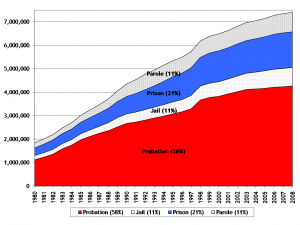

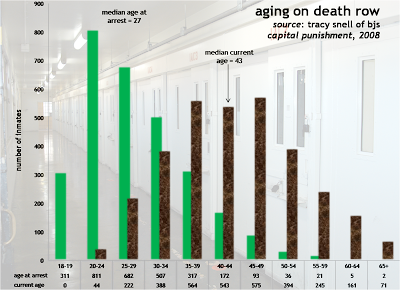
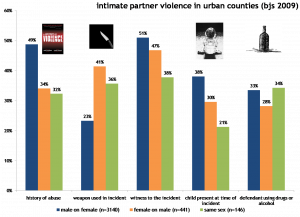
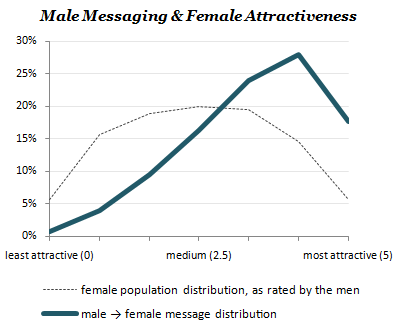

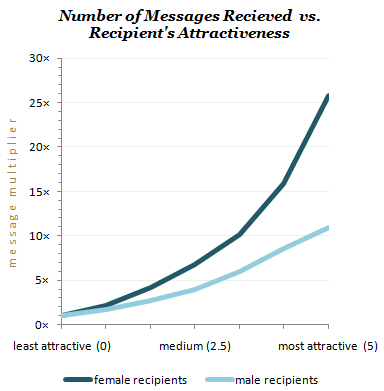

 Tim Pawlenty may have switched off the TVs at Moose Lake’s Minnesota Sex Offender Program (MSOP), but he clearly switched on public sentiment about punishment of sex offenders.
Tim Pawlenty may have switched off the TVs at Moose Lake’s Minnesota Sex Offender Program (MSOP), but he clearly switched on public sentiment about punishment of sex offenders. I attended an amazing conference on employment and criminal records yesterday and could blog at length about several of the papers. My favorite moment, however, came in a discussion with Mindy Tarlow, the CEO of CEO — New York’s
I attended an amazing conference on employment and criminal records yesterday and could blog at length about several of the papers. My favorite moment, however, came in a discussion with Mindy Tarlow, the CEO of CEO — New York’s